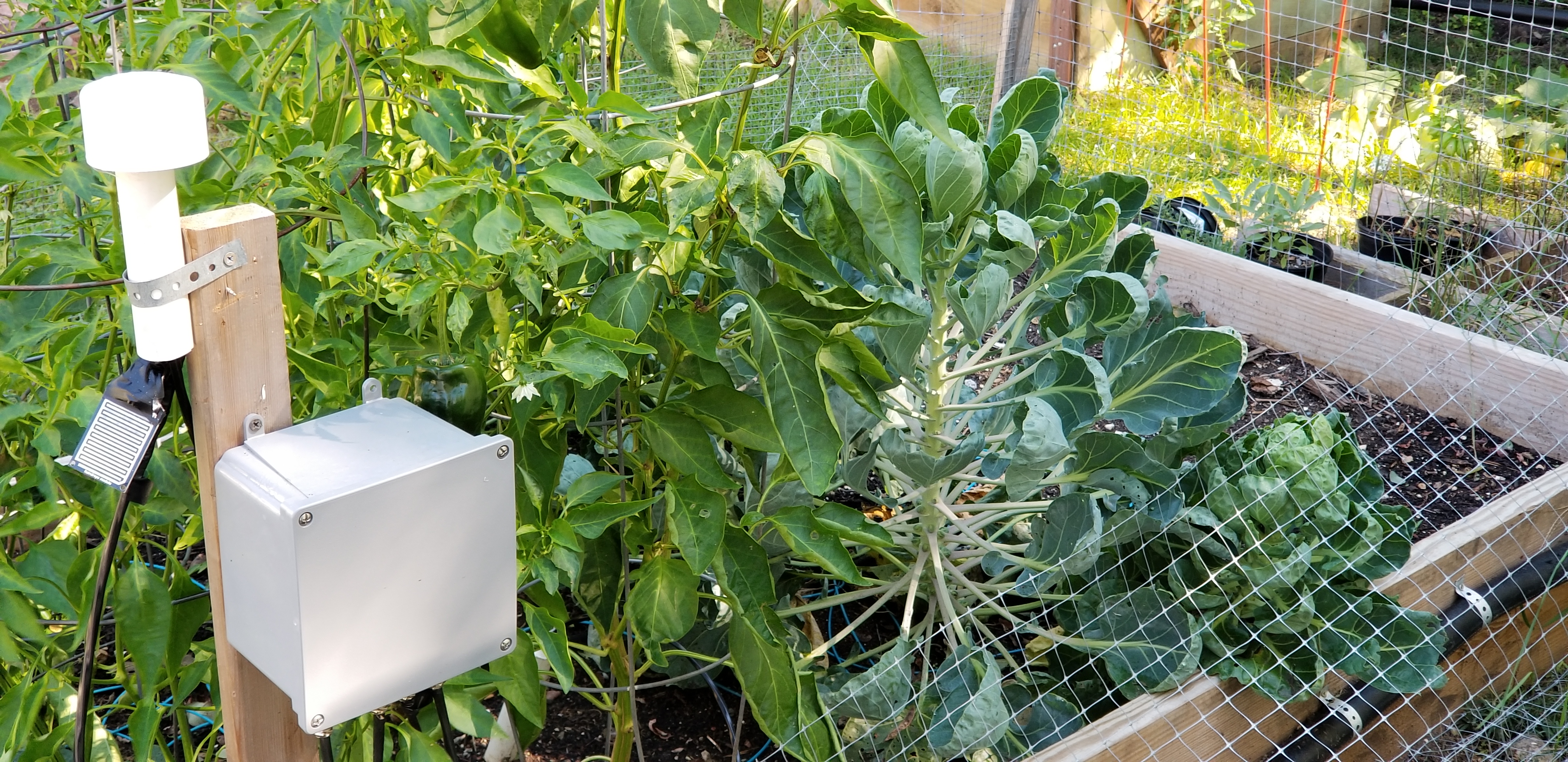Sustainability Tips
Culture Change
Culture Change—You Need It So How Do You Know If You’ve Got It?
Achieving aggressive sustainability goals—whether within corporate operations or as part of a community’s quest for zero carbon emissions—is an enormous task.
In the early phases of any entity’s sustainability efforts a committed green team can do a lot. A small group of people can identify and address opportunities. As a company (or community) become more efficient, though, the projects get more complicated. And the projects involve more stakeholders. One of the ironies of sustainability efforts is that the more you succeed the more challenging it is to expand that success.
Sooner or later—especially if you’ve got aggressive goals—success requires all hands on deck. A company can’t achieve zero landfill unless everybody does their part in the lunch room. Similarly, a dramatic reduction in fleet emissions is possible only if every driver does their part.
Achieving aggressive sustainability goals requires culture change.
At Cool Choices we talk a lot about the need for culture change. We share stories from partners who’ve got “an entire employee population moving in the same direction.” We love that moment when our partners get it–when they see culture change happening in their organization.
How do you know, though, if you are achieving culture change?
6 Tips for a More Sustainable Thanksgiving

It’s nearly Thanksgiving! Here at Cool Choices, we’re excited to spend time with family and friends, as well as enjoy delicious food! While we can’t reduce the stress of hosting family and cooking the meal, we have a few suggestions for reducing the holiday’s impact on the planet.
Read moreHigh-Tech Gardens
It’s Time for Culture Change

Achieving aggressive sustainability goals requires more than a strategy; sustainability leaders need to facilitate a culture change so that sustainable practices are part of a new normal.
Making Cool Choices in Northeast Wisconsin
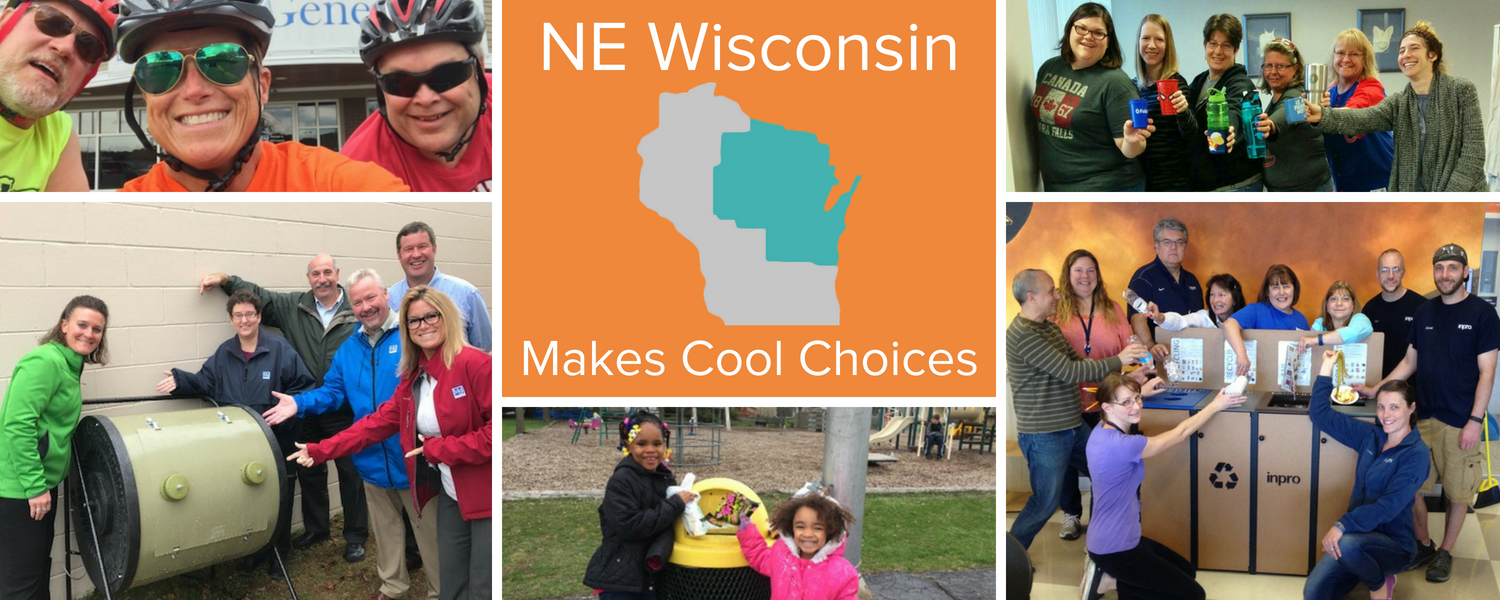
Some ideas are so good that they merit replication.
Last year Cool Choices did a community-scale sustainability program in Waukesha County, in partnership with the county’s workforce development team and local chambers of commerce. Sustainability leaders in the Fox Valley heard about the program and reached out to ask if we could replicate the program in their region.
Sustainable Communities: Inspiring Local Changes to Address Global Challenges
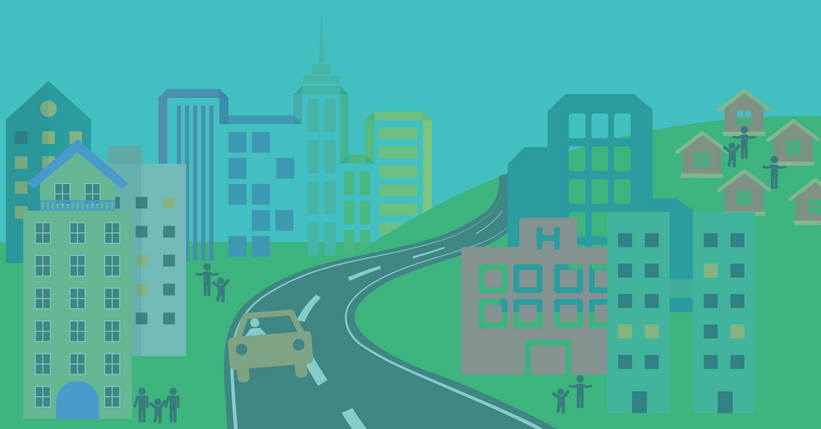
Communities across the U.S. and around the world are making big commitments to clean energy and environmental sustainability more broadly. According to a 2018 report from the CDP, more than 100 cities get most of their electricity from renewable energy sources—up from just 42 in 2015. Plus, a growing number of communities ranging from London, England to Norman, Oklahoma and Eau Claire, Wisconsin are making commitments to clean energy and carbon neutrality.
Behavioral Insights on Increasing Electric Vehicle Usage
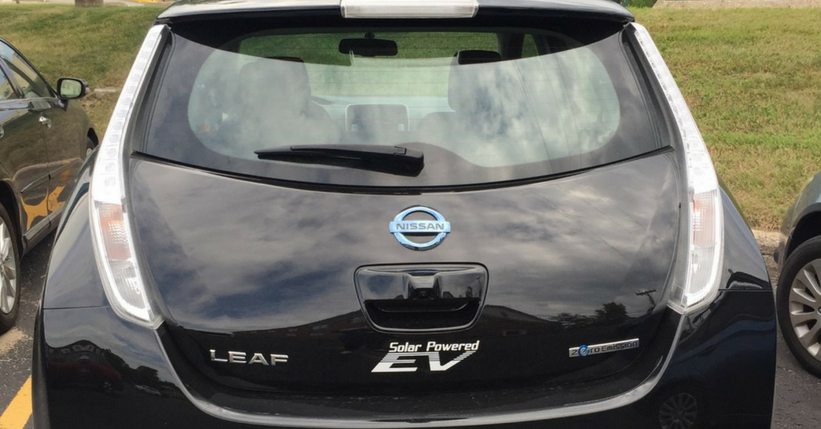
Globally we’re in the midst of an exciting transition to electric vehicles and there are signs of the change everywhere you look with cities, states and utilities all helping to promote this transition.
Energy Efficiency: Choosing the Best Light Bulb
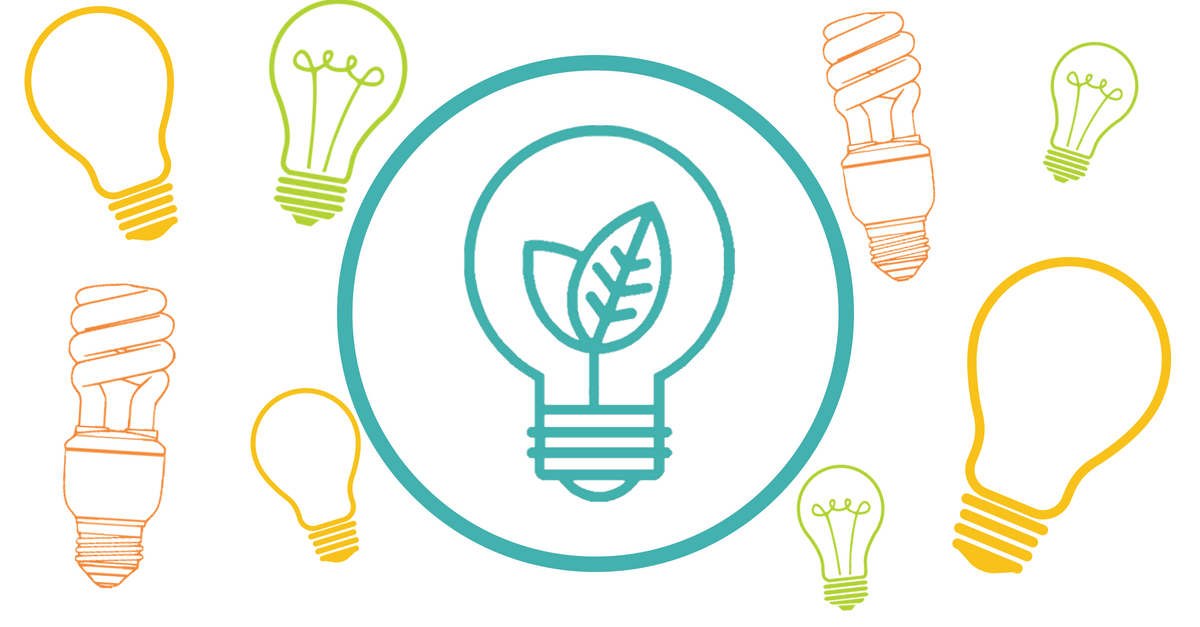
When it comes to choosing a light bulb, there are lots of options—but what’s the most energy efficient choice? Not all bulbs are created equal.
Inspired to Keep Standing Up for Sustainability
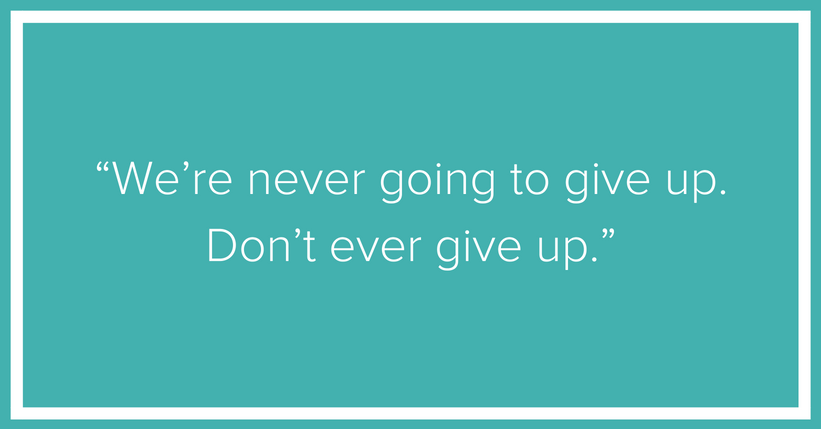
Advocating for sustainability is difficult work. Sometimes it feels a little hopeless—we see the headlines about shrinking glaciers and rising temperatures alongside stories about short-sighted politicians. Or our efforts to implement a new sustainability practice lack traction and we feel that nobody else cares about these issues. Frustrated and discouraged, we might start to ask ourselves if our efforts are in vain, if it’s even possible to make change happen.

